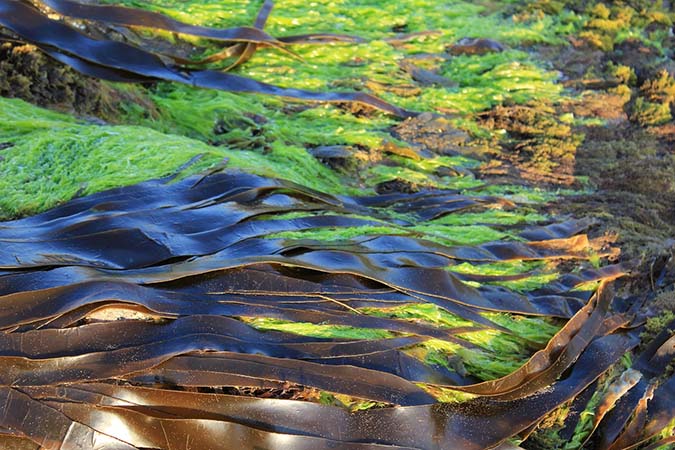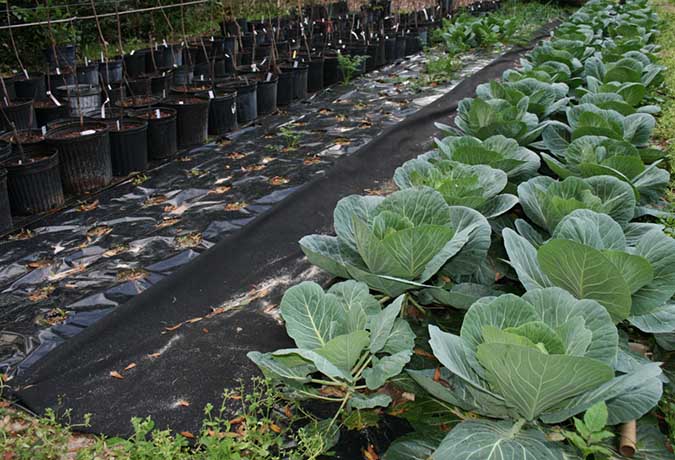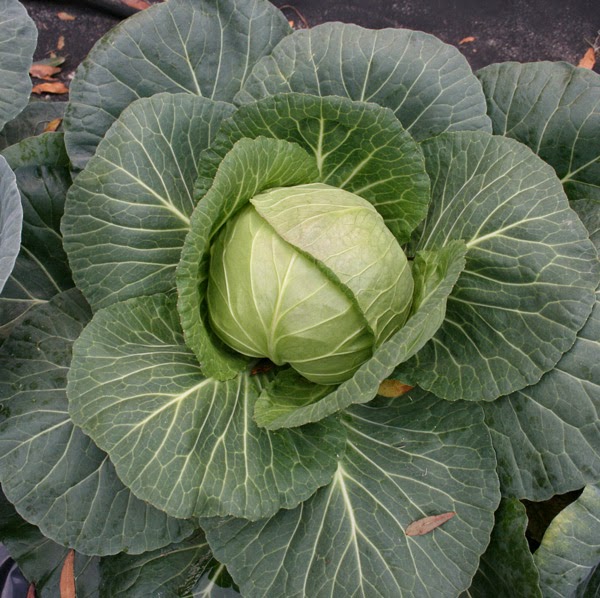Consider seaweed fertilizer a multivitamin for your garden, loaded with micronutrients. Here’s how to make and use it in your garden.
How to Make and Use Seaweed Fertilizer
I’m sold on using seaweed fertilizer, whether fresh or purchased—and as people try it for themselves, they’re also learning its benefits.
As a commenter on my YouTube Channel writes:
“Dude it worked!!! My plants have grown very well with washed seaweeds! I use or twice every week and it is working awesome! Ive never had such growth before!! wow! Thanks man! God bless you….never listen to those who say negative things on you…You are doing great! God bless you.”
Thank you! God has blessed me and continues to do so. And I count the abundance of free local seaweed as one of those blessings.
Over a year ago, I posted this video on making and using seaweed fertilizer in the garden:
If you live far from the beach or don’t feel like hauling bags of seaweed, you can get good seaweed fertilizer on Amazon. Neptune’s Harvest is a popular one and is really rich since it’s a mix of both seaweed and fish.
Fish emulsion is like magic in the garden—and when you mix it with seaweed, you’re really adding the bounty of the ocean to your plants. They go crazy.
In fact, my friend Jo the Master Gardener once told me that fish emulsion is the way to grow truly awesome organic strawberries in Florida. It greens them up and makes them fruit without encouraging leaf growth over fruit.
You May Also Enjoy:
“How to Make Fish Emulsion Fertilizer”
Another option that I used to use on my beds in North/Central Florida was kelp meal. It’s loaded with minerals and a little goes a long way. I don’t know if kelp is totally safe post-Fukushima, but I haven’t heard anything really scary lately.
I added kelp meal to the fertilizer mix I used to grow these amazing cabbages:
I followed the directions for making Complete Organic Fertilizer, which Steve Solomon writes about in Gardening When it Counts. Once I had my mix, I sprinkled it all down the beds, raked it in, put down a weed barrier, punched holes, then planted cabbage seedlings. They did better than any I’ve grown before or since—absolutely beautiful heads.
The health of your plants and the abundance of your harvest depends in huge part on the vitality of your soil. Discover how to get the rich, life-giving soil you’ve always wanted with TGN’s Compost and Soil Fertility Toolkit!
Seaweed was part of that. Consider it a multivitamin for your garden, loaded with micronutrients. The big three (nitrogen, phosphorous, and potassium) are the main course—and seaweed has those, but not in huge amounts. However, seaweed is really rich in the little things that add to the overall health of your plants.
3 Ways to Power Up Your Garden With Seaweed Fertilizer
So, you have some seaweed and want to try it out? Here are three good options.
Option #1: Seaweed as Mulch
Take the seaweed, rinse it out, then use it as mulch. That works nicely and breaks down over time. Maritime Gardening agrees:
Option #2: Compost It!
Put seaweed directly into the compost pile. Consider it a “green” layer. I don’t bother rinsing it when I do this, figuring the salt on it will work its way through.
You May Also Enjoy:
“How to Improve Your Terrible Soil”
“Sheet Mulching: Build Soil, Thwart Weeds, and Make Your Garden Fertile”
Option #3: Make Liquid Seaweed Fertilizer
You’ve seen me do this before with weeds, manure, kitchen scraps, etc.:
You can do it with seaweed, as well. It’s a great additive—or it can be used all by itself.
This is a very good video where a man uses the same method I do, but with comfrey and other northern leaves, along with seaweed:
Hey, that guy looks way more pro than me. I should send him a T-shirt.
Now, go—find yourself some seaweed!
______________________________
This is an updated version of an article that was originally published on October 9, 2018. The author may not currently be available to respond to comments, however we encourage our Community members to chime in to share their experiences and answer questions!
The Grow Network is a participant in the Amazon Services LLC Associates Program, an affiliate program designed to provide a means for our team to earn fees for recommending our favorite products! We may earn a small commission, at no additional cost to you, should you purchase an item after clicking one of our links. Thanks for supporting TGN!
David The Good is a Grow Network Change Maker, a gardening expert, and the author of five books you can find on Amazon: Compost Everything: The Good Guide to Extreme Composting, Grow or Die: The Good Guide to Survival Gardening, Totally Crazy Easy Florida Gardening, Create Your Own Florida Food Forest, and Push the Zone: The Good Guide to Growing Tropical Plants Beyond the Tropics. Find fresh gardening inspiration at his website TheSurvivalGardener.com and be sure to follow his popular YouTube channel.











COMMENTS(1)
We inland gardeners need to put our thinking caps on to figure out how to take this seaweed strategy continental and achieve a coastal level of fertility! I happen to live in a lake speckled area where fresh water weeds have not been exposed in a significant way to the paper plant generated mercury that flowed through other water systems in the Upper Midwest. A quick check of internet resources turned up discussion of using lake weeds for mulch, but not much on the nutrient profile of these weeds. Some invasive weeds are so bad they are illegal to transport, and the general recommendation is to only gather weeds along the shoreline, since they provide or harbor food species for larger lake fish. They also recommended checking with local water management agencies for any restrictions on sensitive areas. Your comment on issues from Fukushima prompted me to dig out the old tech Soviet radiation meter and check on a package of “organic” kelp powder gathered from Atlantic waters. Our ambient indoor air metered at 22 micro Sieverts/minute (about 3 times what it was in May 2011), and the kelp powder, from about three inches down in the package metered at 38 micro Sieverts/min. Could be worse, judging from the US Radiation Network map linked here: http://radiationnetwork.com/
We decided in 2011 to pay attention and evolve along with the situation. Our area was homesteaded by German and other European families, and due to that we have an abundance of naturalized herbs recommended by Rudolf Steiner as compost enhancers. We usually add a modest amount of Azomite powder, mushroom compost and whatever worm castings are riding along in our own chicken enhanced compost. The chickens WOULD like us to keep a vermi-composter for them over the winter, and that is in their future. On the fish issue, we are hesitant to experiment with anything that might be so alluring to the large predators in our area. Can you suggest anything else we in Zone 3 might do to enrich our soil?